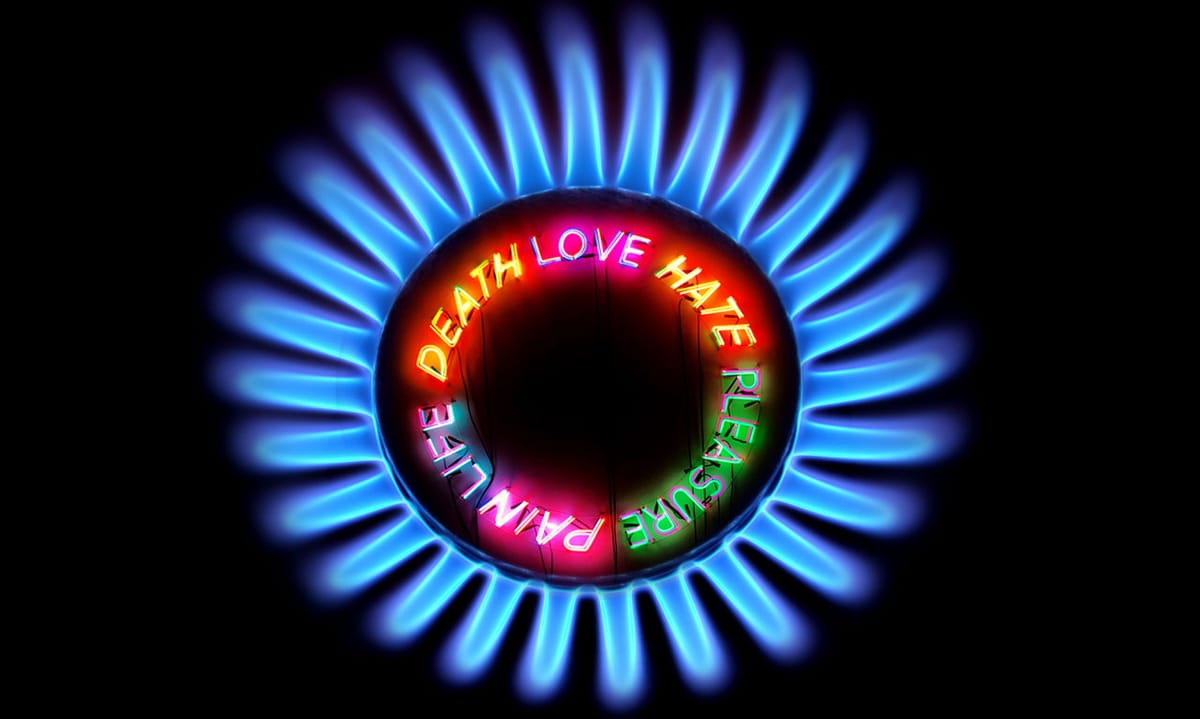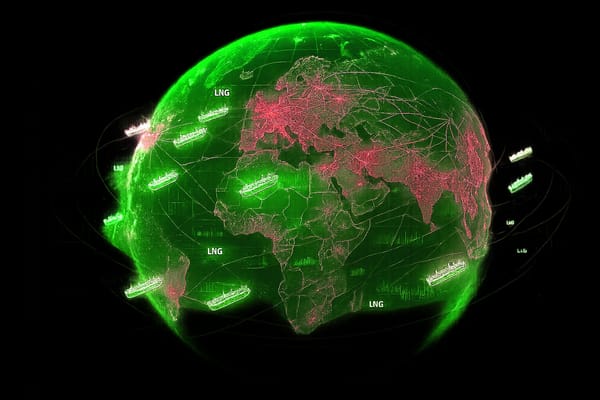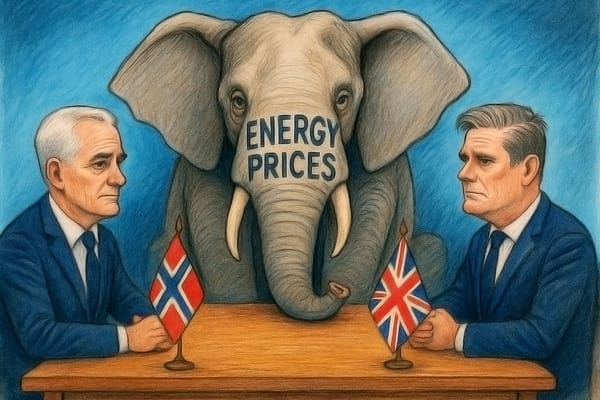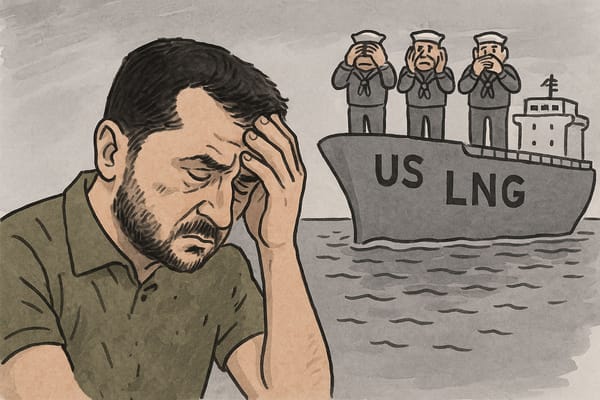Gas shock exposes Europe’s strategic frailties
Winter crisis eases but energy transition woes persist


Member discussion: Gas shock exposes Europe’s strategic frailties
Read what members are saying. Subscribe to join the conversation.
Winter crisis eases but energy transition woes persist


Read what members are saying. Subscribe to join the conversation.

Speculative capital prices in return of Russian gas to Europe, as global LNG glut deepens | Chart Deck — 27 Nov 2025

New downloadable slide deck in PDF and PPSX formats, for convenient offline viewing

If we want to avoid populist parties weaponising energy prices we need to think differently, starting with trade relationships between the UK and Norway.

From moral high ground to marked silence: the new US stance on Ukrainian corruption